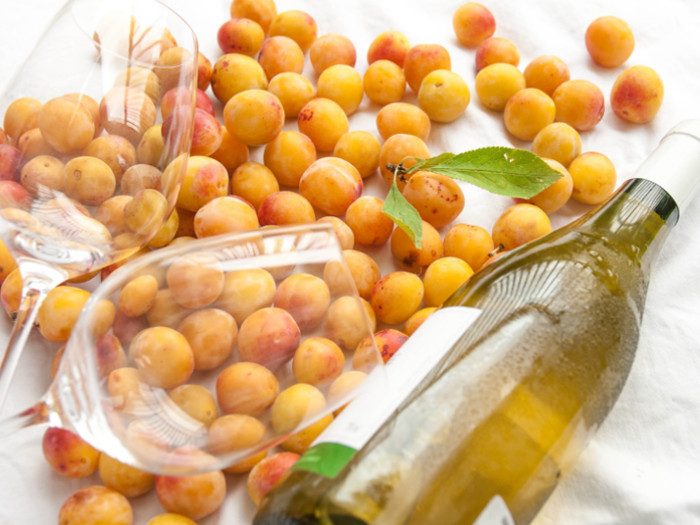A mirabelle plum is a small and delicious fruit that has a number of important health benefits but is difficult to find outside of Europe.
What is a Mirabelle Plum?
The mirabelle plum (also called a mirabelle prune – Prunus domestica subsp. syriaca Mirabelle) grows on trees of the Prunus genus and is thought to have originated from a wild-growing fruit in Anatolia, Turkey. The fruits themselves are small and oval in shape, as well as cherry-red or dark yellow in color when ripe. They have a richly sweet but tangy flavor. When not eaten as a fresh fruit, these red or yellow plums are most often used to make jams, preserves or wine. They are harvested from July through September. [1]
What many people don’t realize is that mirabelle plums are illegal in certain parts of the world. France has the monopoly on growing mirabelle plums, and just like champagne grapes, they have a designated point of origin. Due to trade agreements between France and the US, it is not allowed to ship fresh mirabelle plums to the United States. You’ll have to save the pleasure of eating these plums fresh when you take a trip to Europe.

The fresh and sparkling taste of mirabelle plums. Photo Credit: Shutterstock
Mirabelle Plum Benefits
Due to their high levels of vitamin C, vitamin A, traces of potassium and antioxidants, mirabelle plums are considered to be a benefit to physical health in the following areas:
- Assists the cardiovascular system by helping to reduce blood pressure.
- Helps maintain a healthy metabolism and may aid in weight loss.
- Can aid in memory retention due to antioxidant activity [2]
- Provides anti-aging properties to the skin, and may reduce the appearance of wrinkles and age spots.
